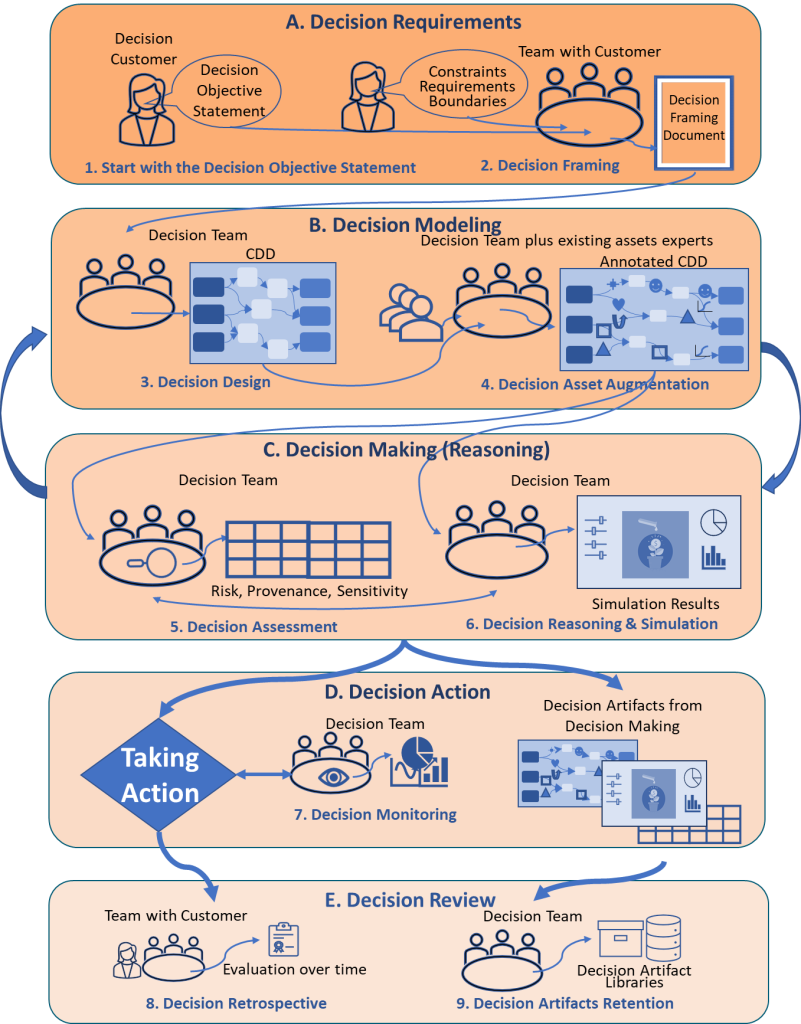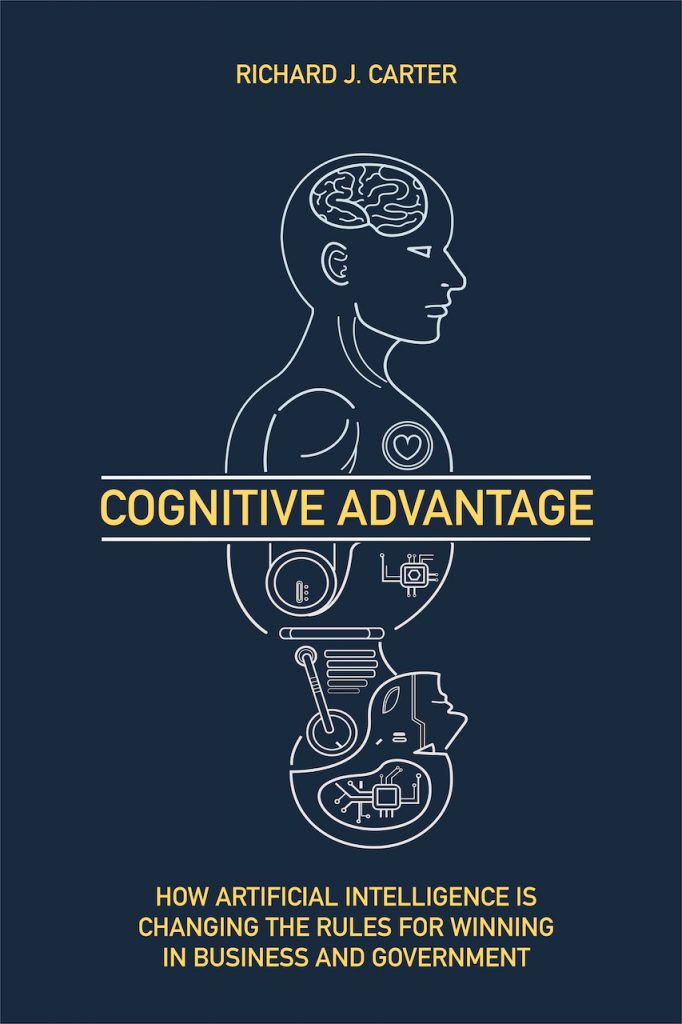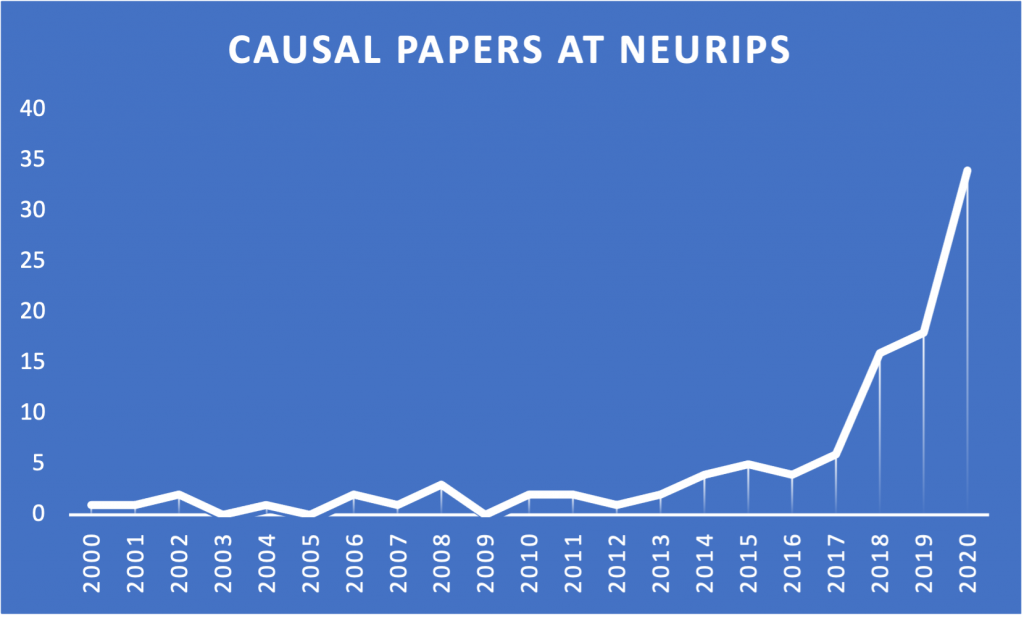Whether it’s Amazon’s infamous efficiency metric ’the rate’ to set the desired productivity of its workforce, or the continuous 360 feedback app used by NextJump employees – firms are increasingly using data generated about their own business to surveil the productivity and effectiveness of their workforce. Some regard this as the promise of management information and business intelligence finally making it into the real world, others see it as fundamentally inhumane and unethical. Where one person may be motivated by relentless feedback and short-term goal setting (regardless of the progenitor of that goal) others may see it as smothering and repressive. With the investment going into data science and artificial intelligence we can expect to see such working practices get adopted at an increasingly exponential rate.
A timely question seems to be – is this an acceptable form of managing employees? Or are we about to embark on a journey where we demonstrate that we have learned nothing from the de-humanisation of our workforce that was pioneered by Frederick Taylor’s time-and-motion studies of the early 20th century look like a side project, and from which – as an advanced society – we have still not yet recovered (ask anyone who works at McDonalds). Is data-driven decision-making, most of it automated through the use of AI, going to introduce a new management/employee paradigm that creates a deeply unfair society? Are we on the brink of a 21st century Taylorism?
Amazon’s ‘the rate’ algorithm
Amazon is probably one of the better known examples of a company that is using machine learning and data analytics to automatically assign performance targets for its human workforce working in their huge distribution centres. The now-notorious efficiency metric ‘the rate’ is determined and set by an algorithm.
“Every task in an Amazon fulfillment centre has an efficiency rate. The two most demanding tasks are ’stow’ and ‘pick’. They represent the input to a fulfillment centre (deliveries) and the output from the fulfilment centre (deliveries going out to customers). Stowing requires removing products from their boxes and then stacking them on shelves. Picking requires checking and labelling up products before they are sent out to customers. Robots assist both of these processes. As a box is handled a bar-code is scanned. This creates a data point that Amazon’s automated system then monitors. An employee is informed how well they are doing by a visual graph shown on the monitor on their workstation. The graph changes colour (green, yellow, red) depending on how well they are doing. Task performance is determined by an algorithm. If a worker falls behind the target efficiency rate then they receive a warning. After the fourth warning, a worker is fired. Apparently, supervisors rarely question the targets set by the algorithm and, hence, those workers who are affected do not have a ‘human in the loop’ ensuring that ‘the rate’ is fair. As to be expected, this simple management tool has come to feared by Amazon workers.” – ‘the rate’ (extracts from The Verge article)
The issue here is not that Amazon are using quantitative metrics to objectively assess employee performance – most manufacturing industries use similar methods; the issue is that an algorithm is automatically determining what the rate should be and appears to do so with one aim in mind: continually increase the rate over time. For example, Mohamed began her job at an Amazon fulfillment centre she had a target stow rate of 120 items per hour. In three years that has increased to 280 items per hour. The type of packages and parcels that Mohamed has to deal with hasn’t changed.
The constant uncertainty over what ’the rate’ will be from one day to the next is causing anxiety.
Of course, Amazon leadership are loath to change anything as they are achieving remarkable results. The Institute for Self-Reliance found that Amazon only required half of the employees of a traditional retailer for every $10 million in goods sold. Furthermore, the Intitute also note that the general trend is downwards: Amazon are requiring fewer and fewer employees over time to fulfil the same amount of business. Of course, this all affects profitability. Automation (robots and machine learning algorithms) and efficiency (’the rate’) are credited as the main enablers of such performance.
“Amazon essentially has developed factory-line technology for retail,”, Spencer Cox, PhD candidate and ex-Amazon worker.
NextJump‘s 360 feedback app
NextJump is an e-commerce company that generated $2 billion in revenue in 2018 from linking employees in other people’s companies to perks and rewards from other companies in the form of discounts on things like cinema tickets, eating out at the local restaurant, and so on. But that is not the most interesting thing about them. Rather it is there relentless focus on changing their own culture on, it seems, a daily basis for which the company has gained attention. The company has invested in so-called HR technology that does two things: it provides an app on every employee’s phone that allows them to provide feedback on their colleagues constantly.
Ordinarily, feedback about your performance is something done between a member of staff and their line manager, probably once or twice a year in line with setting personal objectives for the next 6 to 12 months. Not so at NextJump. Here you can expect to receive, and are expected to give, constant feedback after every meeting or day in the office. The person giving you feedback implies a happy, neutral or sad emotion along with a text entry: ‘your enthusiasm is always inspiring to me’, ‘you forgot to mention next week’s meeting’ to ‘I thought you came across as a bit negative’.
Now, I personally don’t see this as a bad thing. After all, it can be difficult to accurately interpret someone else’s feelings at a conscious level unless the other party feels that they can be honest and explicit. Whether I would want constant, 360 degrees feedback every day, I am not sure that my personality type – I have a tendency towards introversion – would find this comfortable. Nevertheless, I think that any technology that can improve the quality of human dialogue and interactions is valuable if used carefully.
Where NextJump appear to stray over the moral/optimal performance line is in how their managers analyse and respond to the feedback trends of each employee. Constantly getting negative feedback? You can expect a visit from the ‘happy police’. Constantly getting positive feedback? That’s great, but are you – perhaps – getting too comfortable? Apparently, getting some negative feedback is seen by NextJump managers as indicative that you are not in your comfort zone – this is deemed good: they don’t want you getting too comfortable otherwise you are not learning. As a colleague of mine once put it: NextJump employee’s appear to never be ‘in flow’. Now, I am firmly signed up to the belief that for any organisation – whether private or public sector – to remain viable and valuable, they need to be able to adapt appropriately to their environment, but a relentless focus on staying out of your comfort zone? There’s just too much constant anxiety going on there for it to be a healthy, long-term mode of working.
Too much change and too often runs the risk that the organisation never actually gets sufficiently good at doing one job well enough to be efficient and cost effective at it. Likewise, too little change, and an organisation runs the real risk of becoming disconnected from its environment and therefore irrelevant. There is a pretty sizeable middle ground that, to take a term from Ulanowicz (a researcher in the field of ecology), is called ’the window of viability’, and I advocate that an organisation should strive to understand where such a window exists within their ecosystem, and how they need to position themselves strategically within such a window. I will talk more about this ‘window of viability’ in a future article.
For NextJump, the ‘feedback app’ is an important part of how they work and this is exemplified in their company slogan ‘dedicated to changing workplace culture’. They are aware that their approach to workplace culture is not ideal for everyone and so they recruit for individuals with certain demonstrative characteristics: a willingness to be coached, and a healthy dose of humility. To understand how NextJump reached this point, we need to consider their history.
NextJump was founded in 1994 by Charlie Kim in his ‘dorm room’. He successfully grew the company to 150 people during the .com boom, and subsequently saw the business scaled back to just four people as a result of the subsequent .com bust. As can be imagined, a lot of soul searching and lessons learned was done, and Charlie and his surviving team, came to the conclusion that the type of people that they had employed – technologists – were not suited to a business that required constant innovation and change to external drivers. After all, the characteristics of a good technologist – expertise, depth of knowledge – are hard earned and, some may argue, should not be given up easily. However, that was not necessarily in line with the need to be open-minded and humble about your own capabilities compared to your competitors, nor the quality of your product compared to what your customers actually need. Charlie Kim and his team subsequently identifed the more desirable characteristics for NextJump employees are an open, growth mindset.
I believe that NextJump’s efforts to create a culture of continuous change is innovative and admirable. I do, however, have concern over their use of data insights from their ‘feedback app’ to perform constant, micro-adjustments of people’s tasks and behaviours to keep them out of their comfort zones. Now, it may be that for a company of NextJump’s size (as of November 2019, this was 200 people), this is not a problem and that the people who work there find such constant change and challenge as exhilarating. After all, NextJump specifically recruit people who are going to be up for such a way of working. However, where I do take issue is with the almost cult-like zeal with which NextJump wish to share their cultural practices with other companies across the world. I don’t believe it is sensible to assume that NextJump have solved the problem of cultural change. I believe they have developed an approach to organisation that appears to work well for them within their environment.
What do I mean by that? The world of technology moved on from the .com bust of the early to mid-2000’s. What once required staff with scarce technical skills – writing web pages from scratch in HTML – to where we are now – content management systems – means that, as an e-commerce company, NextJump operate in an ecosystem where they don’t need to have people with deep technical skills. Instead, NextJump’s value comes from being a platform in the ‘perks for employees’ ecosystem. Linking employees to businesses requires primarily empathy, creativity and a willingness to move quickly to constantly identify new offerings for customers. That is admirable. However, there is no one size fits all when it comes to culture. Some organisations generate value from being deep technologists, inventors and innovators. Recruiting people who have invested heavily in becoming deep scientific or technical experts may not be what NextJump want because those types of individuals tend to be more reflective, thoughtful, and introverted. Neurodiversity is also a factor that needs to be considered here. NextJump’s culture is deeply social. Neurodiverse people may struggle to feel included in a culture where they are expected to express their thoughts and feelings, constantly, about their colleagues. The leadership imperative should be one of diversity and inclusion rather than only wanting people who can efficiently fit into a mould.
Conclusion
The case for caution over the use of data insights to drive employee performance is clear with Amazon. Lawsuits, employee strikes, bad news coverage, and so on are a clear indicator that Amazon has crossed a line from efficiency to exploitation. Human Rights legislation will have a word to say about that.
The case with NextJump is more nuanced and, in some ways, potentially more concerning. Whilst their immersion courses tend to excite and repel participants in equal measure, I have heard now on several occasions from people who were the former, that ‘we need to be like NextJump’. I often acknowledge the success that NextJump have had with adapting their culture to their environment, however, that is quickly followed by a caveat that the keywords there are ’their culture’ and ’their environment’. By all means let’s be inspired by the success of NextJump, but let’s not fool ourselves into believing that what is good for the goose is also good for the gander. I think this advice is most strongly targeted at leaders who can be attracted by NextJump’s impressive growth trajectory. However, perhaps I worry too much; how many members of the C-suite would be up for wholeheartedly adopting NextJump’s ‘feedback app’ within their own organisation, and where they themselves are on the receiving end too?




